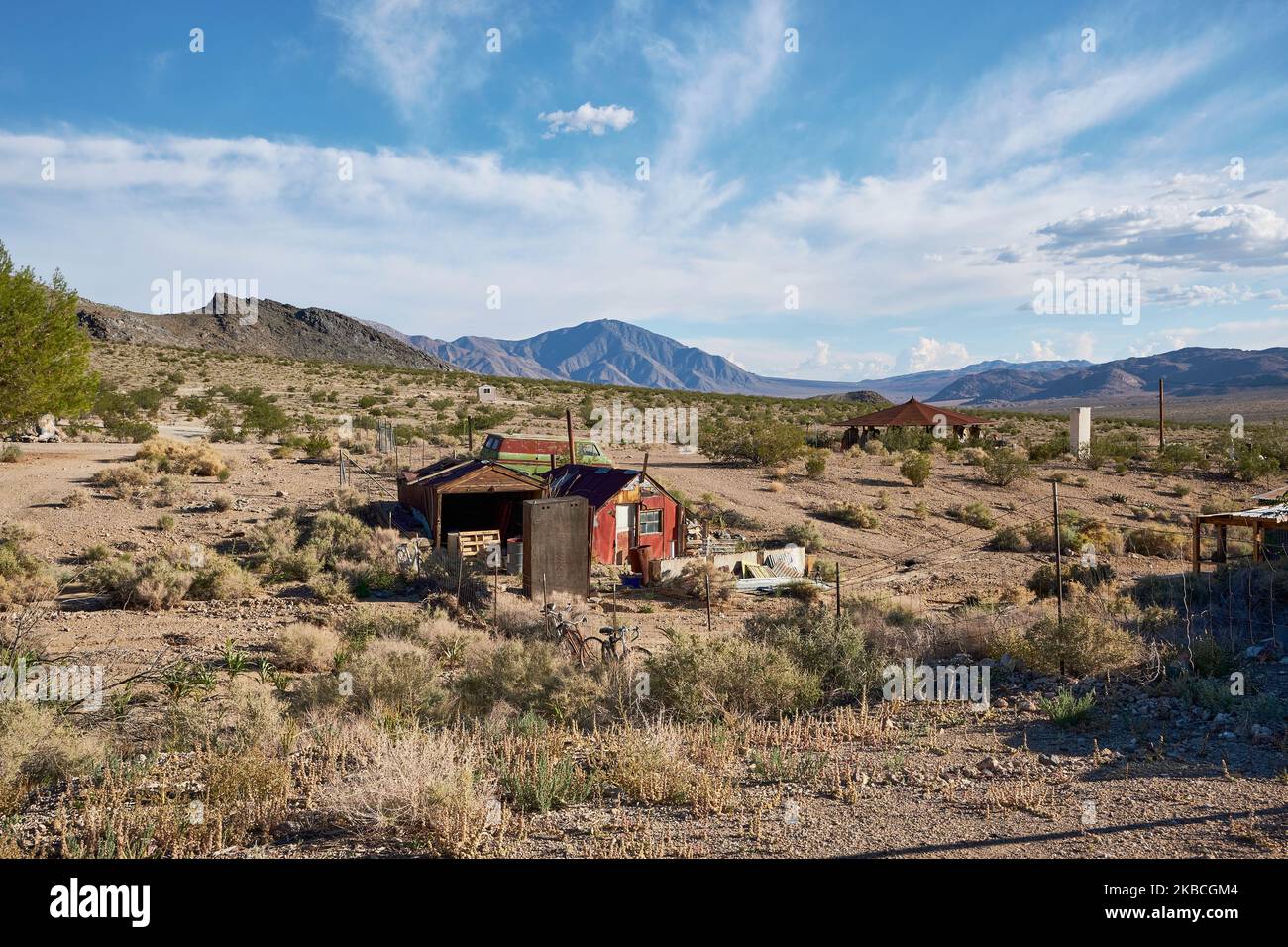
Darwin: Australia’s Resilient Tropical Crucible
Perched precariously on Australia’s northern edge, where the vast red outback collides with the turquoise expanse of the Timor Sea, lies Darwin – a city of paradoxes. It is a place that sweats, breathes, and laughs in the face of adversity, a vibrant melting pot forged in the crucible of devastating natural forces and wartime destruction. Remote, yet strategically vital; laid-back, yet fiercely resilient; a tropical idyll haunted by the echoes of its tempestuous past, Darwin is not just a city on a map, but a state of mind, a testament to the enduring human spirit.
To arrive in Darwin is to step into a different rhythm. The air, thick with humidity, embraces you like a warm, damp blanket. The sun, a relentless golden orb, bathes everything in a shimmering haze. Palm trees sway languidly, their fronds rustling like whispered secrets, while the scent of frangipani mingles with the salty tang of the ocean. This isn’t the bustling, concrete jungle of Australia’s southern capitals; this is the Top End, a frontier town that has matured into a thriving, multicultural hub, yet still retains an unmistakable edge, a sense of being at the very limits of the known world.
Darwin’s story is inextricably linked to its position. As Australia’s northernmost capital, it has long been the nation’s gateway to Asia, a critical naval port, and a first line of defence. This strategic importance, however, has come at a heavy cost. The city bears the scars of two catastrophic events that have profoundly shaped its identity: the bombing raids of World War II and the annihilating force of Cyclone Tracy.

On February 19, 1942, the tranquil tropical morning was shattered by the roar of Japanese bombers. In a series of devastating raids, Darwin became the most heavily attacked place in Australia, a stark and brutal awakening for a nation that had largely felt insulated from the war. Over 250 people were killed, ships were sunk, and much of the town was reduced to rubble. "Darwin was Australia’s Pearl Harbor," states Dr. Michael Clarke, a historian specialising in the Northern Territory. "It showed us our vulnerability, but it also forged an incredible spirit of mateship and resilience that defines the city to this day." The stories of courage and loss from those dark days are etched into memorials and museums, a constant reminder of the city’s sacrifice.
Just over three decades later, as Christmas Eve of 1974 dawned, Darwin faced another, equally formidable foe. Cyclone Tracy, a small but incredibly intense Category 4 storm, descended upon the city with unimaginable fury. Winds of up to 217 km/h (135 mph) – and unofficial gusts estimated much higher – tore through the urban area. Within hours, 70% of Darwin’s buildings were destroyed or severely damaged, 49 people lost their lives in the city, and a further 16 at sea. The city was left in ruins, its infrastructure decimated. "I remember the sound," recalls long-time resident, Maria Garcia. "It was like a thousand trains roaring through your house. When it was over, everything was gone. Just a few walls standing here and there. It was like an atomic bomb had hit."
The aftermath of Tracy was unprecedented in Australian history. Over 30,000 people were evacuated, leaving Darwin a ghost town. Yet, from the rubble, a new city was born. The rebuilding effort, a national undertaking, transformed Darwin into a modern, cyclone-proof urban centre. This second great catastrophe, much like the first, solidified Darwin’s unique character. It fostered a deep-seated resilience, a practical approach to life, and an appreciation for community that persists to this day. "We lost everything, but we found a stronger community," Garcia adds, her voice reflecting both the pain and pride. "Tracy taught us that you can rebuild buildings, but the spirit of a place, that comes from its people."
This spirit of resilience is woven into the very fabric of Darwin’s contemporary identity. It’s evident in the relaxed "no worries" attitude that belies a pragmatic readiness for anything the tropics might throw at them. It’s seen in the city’s architecture, designed to withstand intense heat and cyclonic winds, and in the way locals greet the dramatic build-up to the wet season with a mix of anticipation and trepidation.
Today, Darwin is a thriving, multicultural city of over 140,000 people, often described as Australia’s most diverse capital. Its proximity to Southeast Asia has shaped its demographic tapestry, with significant populations from Timor-Leste, Indonesia, the Philippines, and various South Asian nations. This cultural mosaic is one of Darwin’s most captivating features. Stroll through the Mindil Beach Sunset Market – a quintessential Darwin experience – and you’ll encounter a symphony of sights, sounds, and smells. The aroma of Thai curries mingles with sizzling satay, while the rhythmic beats of Indigenous music blend with contemporary tunes. Artisans sell everything from Aboriginal art to handcrafted jewellery, all set against the backdrop of one of the world’s most spectacular sunsets, as the sun dips below the horizon in a blaze of fiery oranges, purples, and reds.
Food, naturally, is a major highlight. Darwin’s laksa scene is legendary, with locals fiercely loyal to their favourite vendors. The fusion of Asian and Australian cuisine is a culinary adventure, reflecting the city’s diverse heritage. From bustling food stalls to sophisticated waterfront restaurants, Darwin offers a taste of the world, all delivered with that inimitable Top End casual charm.
Beyond its vibrant multiculturalism, Darwin also serves as the economic and administrative hub for the Northern Territory. Its strategic location continues to be a driving force, with a significant defence presence, including a major naval base and air force facilities. The resources sector, particularly offshore oil and gas, plays a crucial role, as does tourism. Darwin is the natural gateway to the Territory’s iconic national parks, Kakadu and Litchfield, drawing adventurers and nature lovers keen to explore ancient landscapes, thundering waterfalls, and abundant wildlife.
Speaking of wildlife, one cannot talk about Darwin without mentioning its most famous (and feared) residents: saltwater crocodiles. These prehistoric predators are not just wildlife; they are a defining characteristic of the Top End. From the "jumping crocodile" cruises on the Adelaide River, where these magnificent beasts leap out of the water for a snack, to the Crocosaurus Cove in the city centre, where brave souls can enter the "Cage of Death" with a massive croc, their presence is both a thrilling attraction and a constant reminder of the raw, untamed nature that surrounds the city. Signs warning "Beware of Crocodiles" are commonplace, a stark reminder that in Darwin, nature is always in charge.

The city’s climate dictates much of its lifestyle. The "dry season" (May to October) brings clear blue skies, cooler temperatures, and a festive atmosphere, drawing tourists from across Australia and the globe. The "wet season" (November to April) is a different beast: hot, humid, and punctuated by spectacular monsoonal storms that unleash torrential rain and electrifying lightning displays. While the humidity can be challenging, the wet season transforms the landscape into a lush, emerald paradise, and the storms are a breathtaking spectacle, a testament to the power of the tropics.
Life in Darwin is, by necessity, lived outdoors. The city boasts beautiful waterfront precincts, like Cullen Bay and the Darwin Waterfront, offering al fresco dining, swimming lagoons, and safe public spaces for recreation. The laid-back pub culture is strong, with beer gardens providing a cool respite from the heat, and locals gathering to share stories and a cold drink as the sun sets. The dress code is famously casual – thongs (flip-flops) and shorts are often the uniform, reflecting the heat and the relaxed attitude.
Yet, for all its charm and resilience, Darwin faces its own unique challenges. Its remoteness means higher costs of living and a transient population, with many coming for work or adventure and staying for a few years before moving on. While this keeps the city vibrant and dynamic, it can also pose challenges for long-term community building. The complex social issues faced by Aboriginal communities, the traditional custodians of this land, are also present, and efforts to address them are ongoing, striving for a future that honours and integrates Indigenous heritage.
The Larrakia people are the traditional owners of the Darwin region, and their connection to this land stretches back tens of thousands of years. Their stories, art, and customs are an integral part of the Top End’s cultural tapestry, offering a profound sense of history and belonging that predates any European settlement. Acknowledging and celebrating this deep heritage is a growing and vital part of Darwin’s identity.
In essence, Darwin is more than just a capital city; it’s an experience. It’s the taste of a perfectly spiced laksa, the smell of rain on hot earth after a monsoonal downpour, the sight of a breathtaking sunset over the Timor Sea, and the feeling of a community that has faced the worst and emerged stronger. It is a place where history whispers from the bombed-out ruins and the rebuilt walls, where nature asserts its power with both beauty and ferocity, and where a diverse population lives life with an infectious, unpretentious joy. Darwin stands as a defiant, vibrant testament to resilience, a truly unique frontier at the very top of the world.


